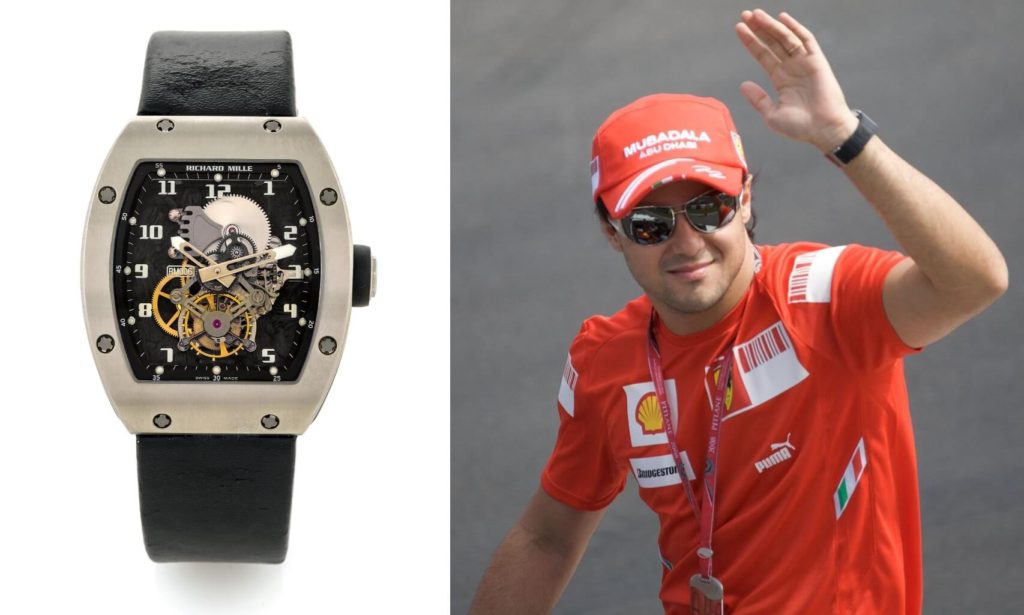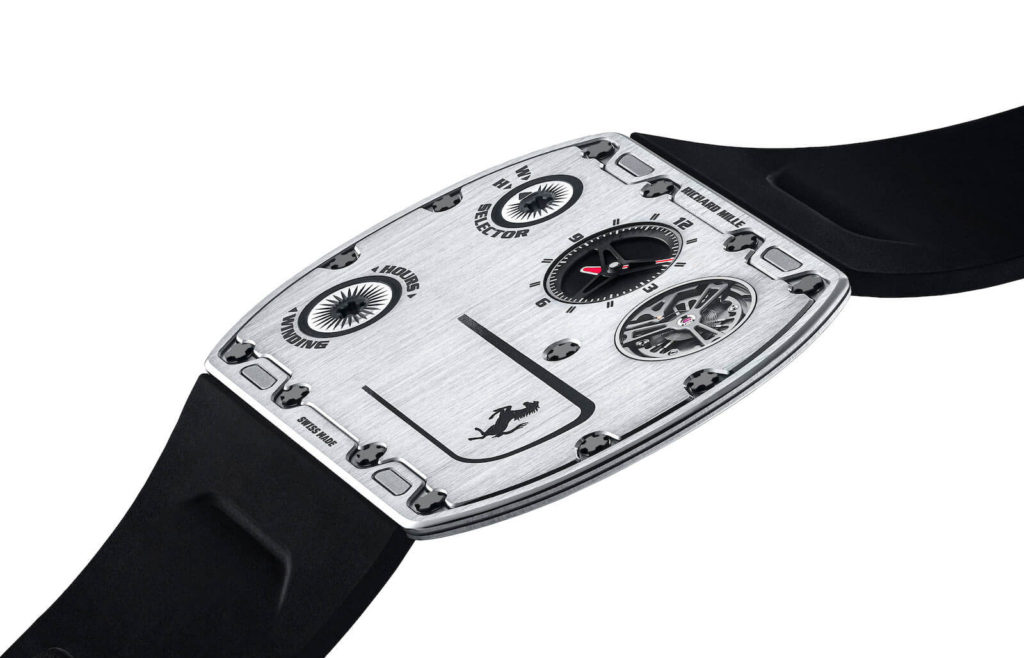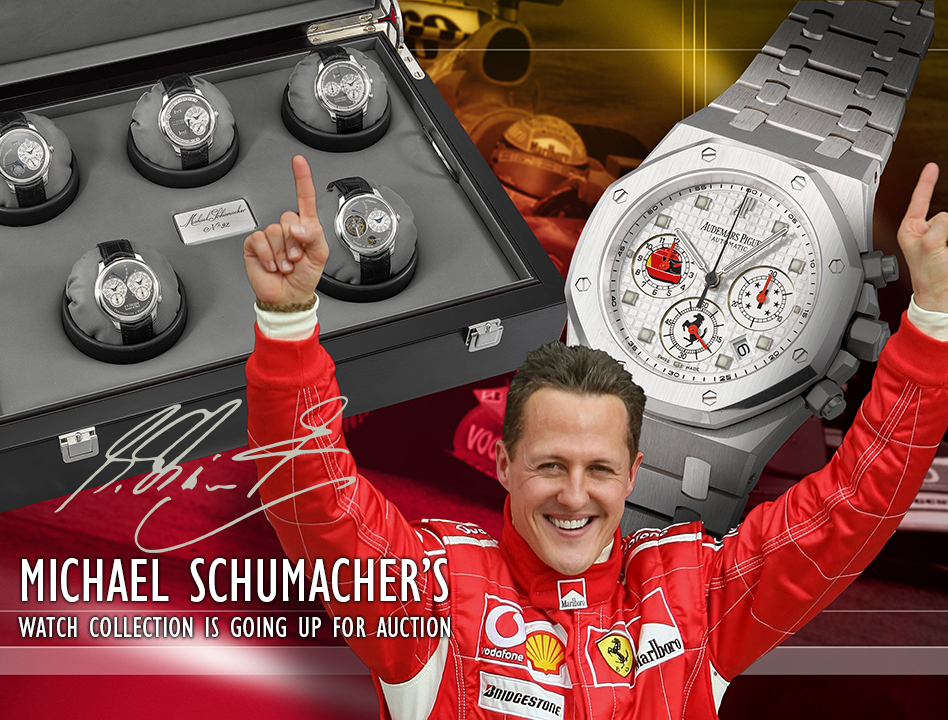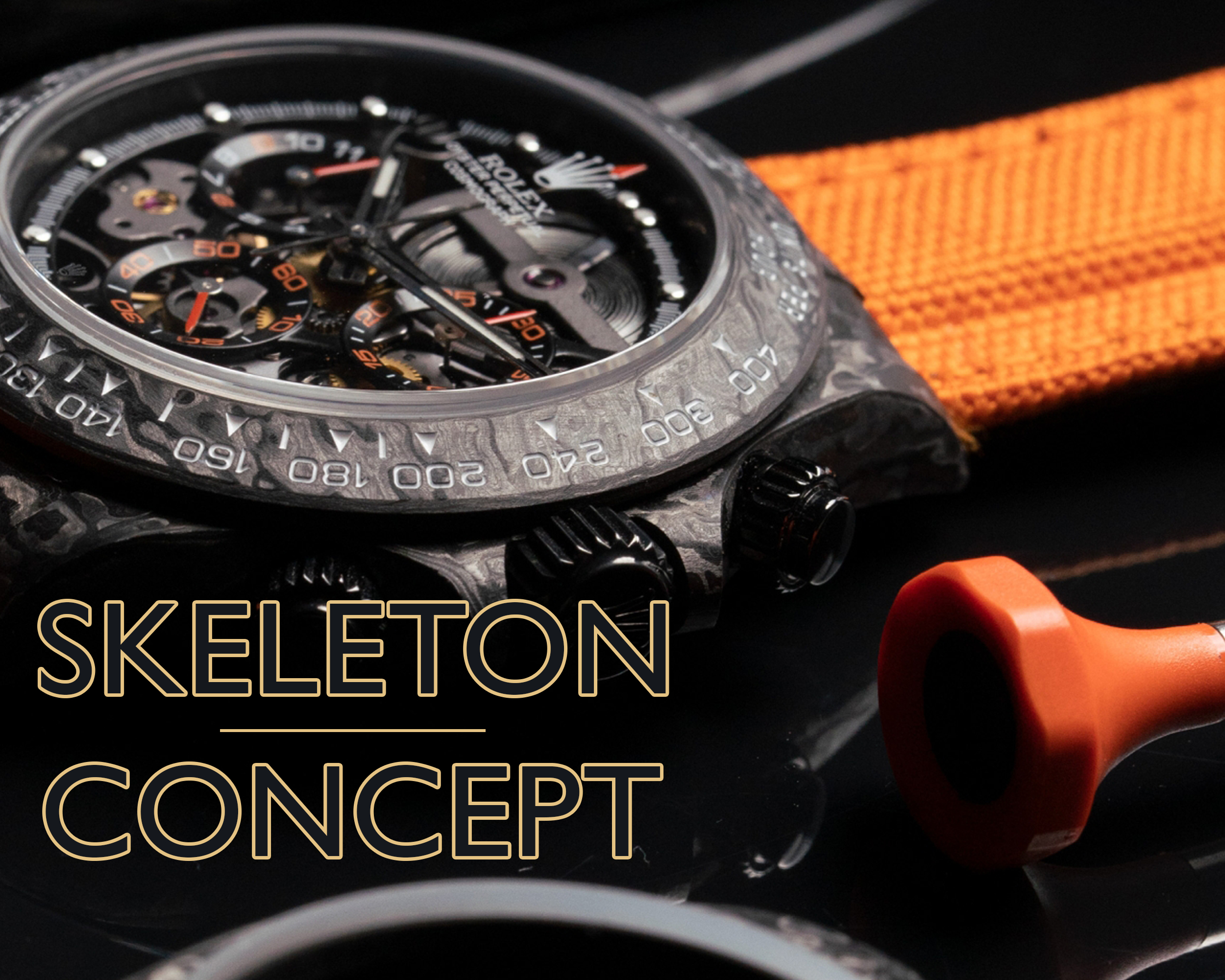Time & Machine: How Richard Mille Created a Luxury Watch Revolution
By: Chris Van Hoven | Posted: July 28, 2022 Independent watchmaker Richard Mille.
Independent watchmaker Richard Mille.
(© Richard Mille SA)
Despite having been established for a little over 21 years (making the brand an infant in the watchmaking world), Richard Mille has made a name for itself in a way that no other watch brand has, with an unprecedented rate of growth backed by trailblazing innovations. But before Richard Mille came to be known as the “Father of Modern Horology”, he started out as a young watchmaker, learning the trade at the boutique French watchmaker Finhor during the mid-70s. His first major breakthrough arrived when he became the managing director and a large shareholder in the watch arm of a distinguished French jewelry company Mauboussin in the 1990s. It is here that Richard Mille would form an important relationship with Giulio Papi, one of the world’s most gifted watchmakers, and at the time, Director of Research and Development at Audemars Piguet Renaud et Papi (APR&P), the section of Audemars Piguet that handles the brand’s high-end watch productions. And with APR&P’s help, Richard Mille had the freedom to design any watch he wanted, unconstrained about movements and where they would fit. More importantly, these movements would go on to power creations that would change the history of horology on a global scale.
By 1999, Richard Mille’s vision was crystal clear: he wanted his own brand of luxury timepieces. But not just any brand. He wanted to challenge and redefine watchmaking starting with how cases were shaped, and what materials they were made from. From the experience he gained through his early years, together with the connections he made in the industry, he founded his own company – Richard Mille SA. In 2001, he formed its first major legal entity – Horometrie SA, headquartered in Les Breuleux, Switzerland.
The RM 001
 The RM001, the inaugural watch of the Les Breuleux manufacture launched in 2001.
The RM001, the inaugural watch of the Les Breuleux manufacture launched in 2001.
(© Richard Mille SA)
It took the brand two years to develop and unveil its inaugural watch, and keeping with Richard Mille’s original goal of redefining the industry, it was anything but ordinary. Advertised as “a racing machine on the wrist”, the RM 001 was not just a tourbillon. Richard Mille was already experimenting with new, unique materials, with the RM 001 using a levered bridge of carbon nanofiber. It also had an asking price of around $135,000 – which was twice the amount of the next most expensive tourbillon during that time. Only 17 pieces were ever manufactured, which, together with its rather unheard-of asking price, immediately set a new standard in exclusivity. It wasn’t until its successor the RM 002, however, that we’d start to see glimpses of the Richard Mille timepieces we know today. The RM 002 was also a tourbillon, but it featured a titanium base plate, which was a first in watchmaking. It also showcased innovations in its movement, improving on its predecessor with the addition of a torque indicator.
Continued Evolution
 The very light RM006 (left) famously worn by Formula One driver Felipe Massa (right) during his famous crash at the Hungarian Grand Prix in 2009.
The very light RM006 (left) famously worn by Formula One driver Felipe Massa (right) during his famous crash at the Hungarian Grand Prix in 2009.
(© Antiquorum SA & Wikimedia Commons)
From there, Richard Mille would continue to break boundaries and redefine standards by improving both case construction and adding new complications to the Richard Mille line. The RM 003 saw the addition of a second time zone. The RM 004 featured a split-seconds chronograph and would be the first in a line of high-performance chronographs from the brand. In 2004, the RM 006 Tourbillon featured a base plate made of carbon nanofiber, making it weigh only 48 grams. Carbon fiber is used heavily in both the aviation and automotive worlds for its strong, rigid, lightweight characteristics, as well as being highly resistant to contraction and expansion when exposed to temperature variations. Naturally, Richard Mille would want to incorporate these same characteristics into his watches. Formula 1 (F1) driver Felipe Massa famously wore an RM 006 when he crashed in the 2009 Hungarian Grand Prix, where the watch remained unscathed. And just like the race cars that Richard Mille wanted to emulate, the RM line of watches got lighter and stronger with each passing year. The RM 009 Felipe Massa Tourbillon used a movement made of aluminum-lithium and a case made from ALSUSIC – a silicon-aluminum alloy containing silicon carbide particles. The result was a watch that weighed a mere 29 grams. 2006 saw the birth of the RM 012 and its tubular architecture, showcasing extreme manufacturing complexity. Limited to only 30 pieces, this watch would go on to win the prestigious “Aiguille d’Or” award – the watchmaking equivalent of an Oscar award – at the Grand Prix d’Horlogerie de Genève in 2007.
 The RM-UP 01 Ferrari considered as the world’s thinnest wristwatch at just 1.75mm thick.
The RM-UP 01 Ferrari considered as the world’s thinnest wristwatch at just 1.75mm thick.
(© Richard Mille SA)
Year after year, Richard Mille would go on to display incredible creative energy, constantly experimenting and improving on shock resistance, durability, and weight reduction, while adding more features and complications to new watch movements that would find themselves applied to watches both for men and women. Today, Richard Mille continues to blaze trails in the industry, leading up to his most recent creation as of this writing – the RM-UP 01 Ferrari – which now holds the record for the world’s thinnest watch at just 1.75mm thick. And true to Richard Mille form, more than just creating an ultra-thin and ultra-light watch, the UP-01 was extensively tested to ensure that it’s capable of withstanding accelerations of over 5000 g’s. And that pretty much encapsulates the spirit of Richard Mille. There’s always something new and exciting on the horizon, and we can’t wait to see what he does next.
Eager to own a watch crafted by this trailblazing watchmaker? Check out the latest timepieces from Richard Mille at the Vintage Grail website. For more information, contact us at [email protected] or contact us at (+63) 917 159 1211.






